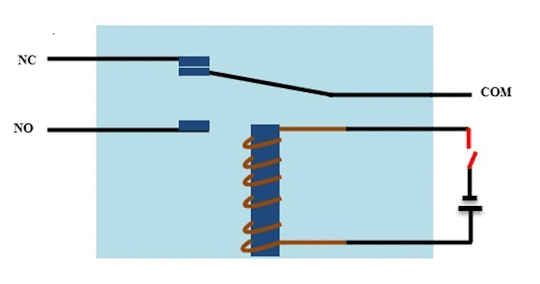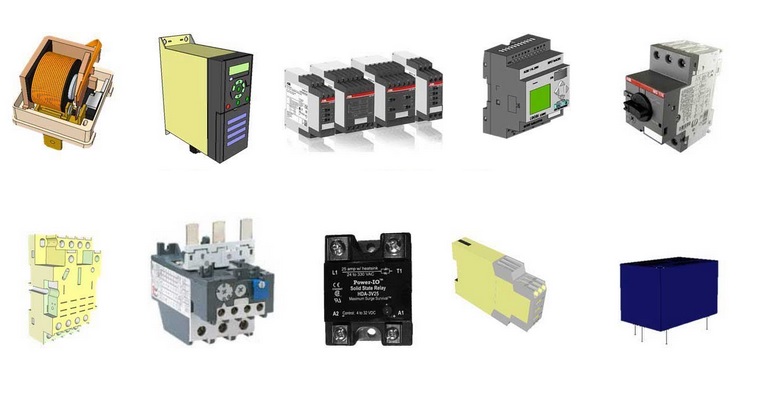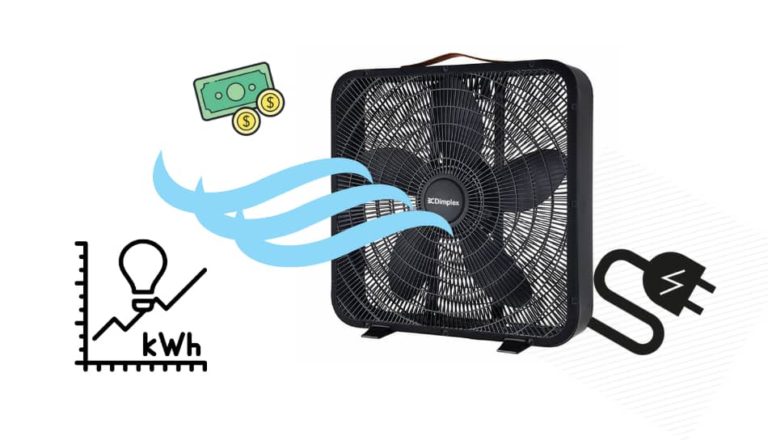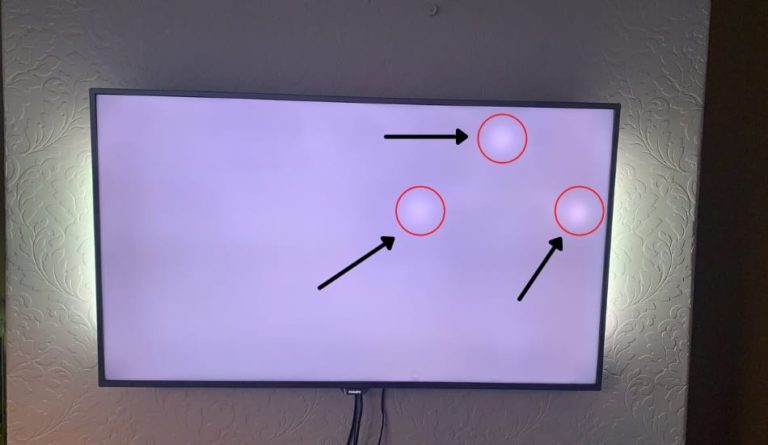What Is Relay and How It Works? Explained

Relays are used for various purposes such as home automation, industrial applications, cars, DIY projects, measurement, etc. But what exactly is a relay, and how does it work? What are the typical uses of relays? In this article, we’ll talk about that and much more.
We’ll guide you through the basics of relays, how they work, and their basic applications. We will also explore how relays play a crucial role in different technologies. This guide will provide a clear and thorough understanding of relays and their importance in modern applications. So, let’s start!
Related Article: Relay Wiring Diagram (4-Pin & 5-Pin Automotive Relay)
Table of Contents
What is Relay?

A relay is an electromechanical switch. While we typically use manual switches to open or close a circuit, a relay operates differently. It uses an electrical signal that controls an electromagnet, which then connects or disconnects another type of circuit.
Relays come in various types, such as electromechanical relays and solid-state, where electromechanical relays are quite common. Before we delve into how they work, let’s look at the main components of an electromechanical relay. Despite the different available models, their basic operation remains the same.
Every electromechanical relay comes with:
- An electromagnet
- A mechanical contact that is movable
- Switching points
- A spring
The electromagnet is created by winding a copper coil around a metal core. The coil’s ends connect to two pins on the relay, which serve as the DC supply pins.
Additional contacts are called switching points, and they are designed to handle high-current loads. A common contact connects these switching points.
These types of contacts are named:
- Normally Open (NO)
- Normally Closed (NC)
- Common (COM)
Relays are used in both AC and DC circuits. However, AC relays face a challenge: at every zero-crossing of the current, the relay coil loses magnetism, potentially causing the circuit to break repeatedly.
AC relays are designed with mechanisms to maintain continuous magnetism to counter this issue. These mechanisms might include electronic circuits or a shaded coil system.
Related Article: How A 2 Way Switch Wiring Works? Explained
How a Relay Works?
The working principle of a really is quite simple. Here is a visual explanation:

Now that you have seen the picture of how a relay works let’s now explain this in step-by-step guide:
- Principle of Electromagnetic Induction: A relay function based on electromagnetic induction.
- Magnetic Field Creation: When current flows through the electromagnet, it generates a magnetic field.
- Basic Operation: A switch applies DC current to the relay, activating the copper coil and iron core, which act as the electromagnet.
- Energizing the Relay: When the coil receives DC current, it attracts the contact, closing the circuit. This process is called energizing the relay.
- De-energizing the Relay: When the current supply stops, the relay returns to its original state, which is known as de-energizing the relay.
However, relays with normally closed contacts open when current is supplied work oppositely to the described relay.
Relay Contact Types
First, we need to understand that relays function as switches. The concept of “Poles and Throws” applies to relays as well. Relays are categorized based on their contacts and the number of circuits they can switch.
Poles and Throws
A relay can switch multiple circuits, with each switch referred to as a pole. The number of circuits that a relay must connect is indicated by throws. Based on this, relays can be classified into:
- Single Pole Single Throw (SPST): This type of relay controls one circuit and connects to one output, making it suitable for simple ON/OFF applications.
- Single Pole Double Throw (SPDT): This type of relay connects one input circuit to 1 of 2 outputs. It is also known as a changeover relay. Depending on the configuration, it can have more than two throws.
- Double Pole Single Throw (DPST): Two poles and one throw connect 2 terminals of a single circuit simultaneously, such as phase and neutral terminals, to a load.
- Double Pole Double Throw (DPDT): Two poles and two throws per pole are used for motor direction control by reversing phase or polarity.
In all these types, switching occurs when the coil is energized.
Types of Relays

Relays can be categorized based on their functionality, structure, and application. Here are some common types of relays:
- Thermal
- Ground Fault
- Automotive
- Rotary
- Small Signal
- Electronic
- Polarized
- Buchholz
- Frequency
- High-Voltage
- Safety
- Supervision
- Reed
- Latching
- Sequence
- Non-Latching
- Multi-Dimensional
- Differential
- Moving Coil
- Time Delay
- Distance
- Electromagnetic
Where Relays Can Be Used?
Relays are essential for protecting electrical systems and minimizing damage to connected equipment due to overcurrents or overvoltages. They are very important in various applications such as:
- High Voltage Control: Relays can manage high voltage circuits with low voltage signals, as seen in audio amplifiers and some modems.
- High Current Control: They control high-current circuits with low-current signals, such as in an automobile’s starter solenoid.
- Fault Detection and Isolation: Relays detect and isolate faults in transmission and distribution systems.
Some typical applications of relays include:
- Traffic Control
- Computer Interfaces
- Motor Drives Control
- Telecommunication
- Lighting Control Systems
- Automotive
- Industrial Process Controllers
- Home Appliances
These devices are versatile components essential for various applications, ensuring safety and efficiency in electrical systems.
Related Article: What Is the Blue Wire On a Ceiling Fan?
How to Test a Relay
Relays, being electromechanical devices, can wear out over time and may eventually stop working. Here are a few techniques and methods to test whether a relay is working properly:
- Doing a Test with a Multimeter: Use a multimeter to check the continuity and resistance of the relay.
- Use Circuit to Test the Relay: Create a basic circuit to see if the relay operates as expected.
- Use a DC Power Supply: Apply DC power to the relay and observe if it activates correctly.
Here is one interesting video that you can see how this is done properly:
Final Thoughts
Relays are crucial components in various applications, from simple DIY projects to complex industrial systems. Understanding their operation, types, and applications allows us to use them effectively and troubleshoot issues when they arise. By regularly testing relays, we can ensure the reliability and safety of our electrical systems. Relays are important in modern technology, providing essential control and protection functions. I hope this article has helped you, and if you have any other questions, feel free to comment bellow.








